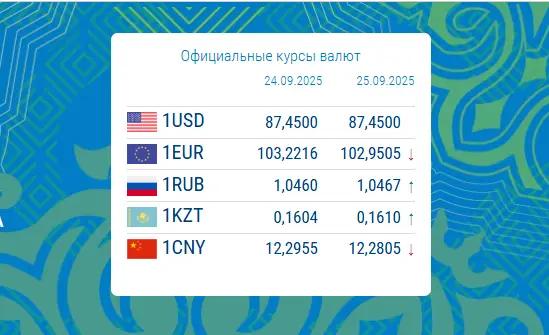
Published
09/22/2025, 12:54Kyrgyzstan has outlined the main directions of its fiscal policy for 2026–2030, the key element of which will be maintaining a budget surplus. The authorities intend to target the money exceeding expenditure towards supporting long-term economic growth and reducing public debt.
According to forecasts, budget revenues will reach 606.8 billion KGS (29.4% of GDP) in 2026 and grow to 843.2 billion KGS by 2030. Expenditures will amount to 606 billion soms and 737 billion KGS, respectively, which will allow for a positive balance to be maintained.
The programme is based on the need to modernise the manufacturing sector, accelerate the development of transport and energy infrastructure, and expand export potential. The focus is also on the digitalisation of tax and customs procedures, which should increase revenue collection and reduce the share of the shadow economy.
According to government estimates, the implementation of the planned measures will ensure an average annual GDP growth of at least 8.2% over five years. The Kyrgyz economy, which ended 2024 with 9% growth, has been able to consolidate its positive momentum, not least thanks to the competent redistribution of budget resources.
But more importantly, the budget surplus is no longer just a statistical indicator but has become a tool for investing in the economy and reducing the country's debt burden.



